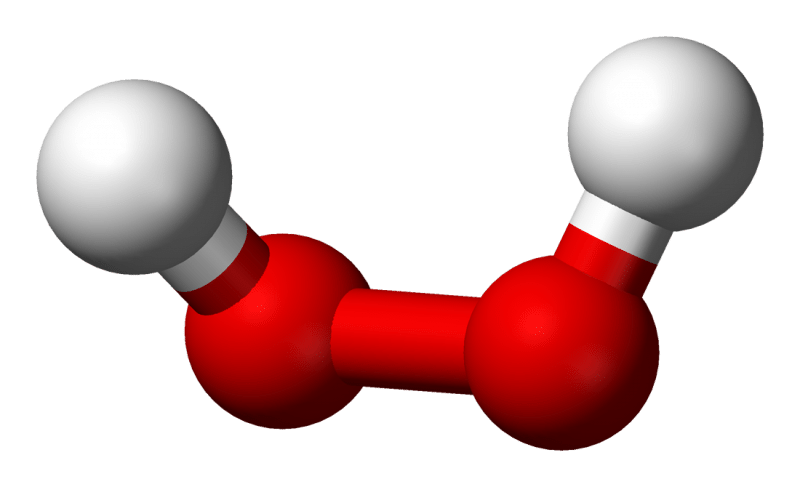
Hydrogen peroxide (H2O2) is a simple chemical compound found in nature which is involved in a broad scope of industries, such as medical treatment, pharmaceutics, environment, textile, and food. The concentration of H2O2 in liquid samples strongly correlates to the solution’s real-world applications because H2O2 is very chemically reactive. An inappropriate concentration of H2O2 in a solution will cause serious problems. Thus, monitoring its concentration is a big concern in academic and industrial circles.
Electrochemical sensing, which monitors the chemical change of a chemical at a solid electrode, is one of the most important techniques for non-enzymatic H2O2 detection. This technique has multiple advantages compared to other techniques in terms of detection sensitivity, operational simplicity, detection time, and cost. Electrode materials naturally play a central role in H2O2 electrochemical sensing. At the present stage, the synthesis of most electrode materials for H2O2 electrochemical sensing suffers from multiple procedures, high cost, and low efficiency.
Recently, Hongyan Bai and coworkers developed a rather simple methodology for synthesizing the composite of gold (Au) and cuprous oxide (Cu2O) as a high-efficiency electrode material for H2O2 electrochemical sensing. The method involves only mixing simple chemicals, including sodium hydroxide (KOH), copper sulfate (CuSO4), chloroauric acid (HAuCl4), ascorbic acid (AA), polyethylene glycol (PEG), and water (H2O) under a sonication treatment at ambient environment.
The resulting product was a composite of Au nanocrystals and Cu2O nanocubes (~50 nanometers) characterized by scanning electron microscope (SEM), energy dispersive spectroscopy (EDS) and X-ray diffraction (XRD). The composite, directly immobilized on a basic glassy carbon electrode, was applied as a functional electrode for H2O2 electrochemical sensing and exhibited excellent performance towards H2O2 sensing. The limit of detection was as low as 0.45 μM and the linear range was as wide as 1 μM to 16 mM.
Such performance is better than most electrode materials reported in other studies using complicated synthetic procedure and higher costs. As-synthesized nanocomposite can be practically utilized in not only H2O2 electrochemical sensing but also many other applications, taking advantage of its general chemical catalytic activity towards chemical changes of numerous chemicals. (Electroanalysis, 2017, 29, 2773-2779.)
These findings are described in the article entitled “Facile Synthesis of Cuprous Oxide/Gold Nanocomposites for Nonenzymatic Amperometric Sensing of Hydrogen Peroxide,” recently published in the journal Electroanalysis. This work was conducted by Hongyan Bai, Liqui Zhang, Hongxia Sheng, and Lichun Liu from Jiaxing University.








